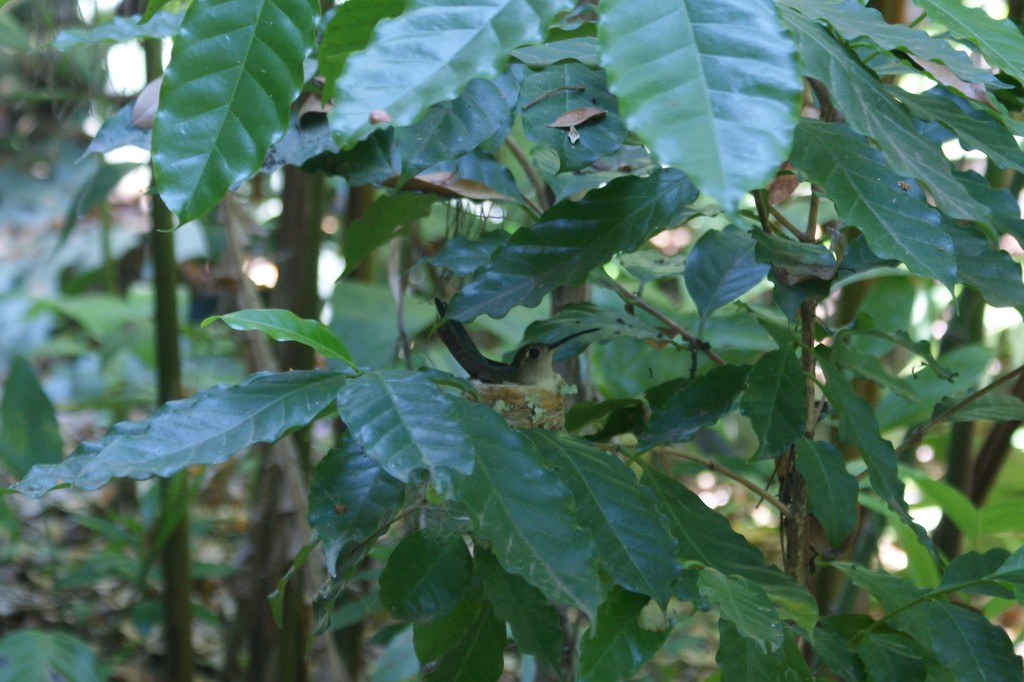Wedge-tailed Sabrewing
A species of Sabrewings Scientific name : Pampa curvipennis Genus : Sabrewings
Wedge-tailed Sabrewing, A species of Sabrewings
Botanical name: Pampa curvipennis
Genus: Sabrewings
Content
Description General Info
 Photo By petra-su , used under CC-BY-NC-4.0 /Cropped and compressed from original
Photo By petra-su , used under CC-BY-NC-4.0 /Cropped and compressed from original Description
The curve-winged sabrewing is a large hummingbird with a long, wedge-shaped tail. Upperparts are green with a blue to violet-blue crown that blends into the green nape. It has a white spot behind its eyes and a dark gray cheek. Underparts are pale gray to whitish, often slightly darker laterally. The bill is long and ranges from straight to slightly decurved, and the lower mandible is pinkish at base. The adult male is slightly larger than the female, but other than that sexes are similar. Juveniles are similar to adults but duller in coloring. 
Size
14 cm
Nest Placement
Cavity
Feeding Habits
Wedge-tailed Sabrewing primarily consumes nectar, supplemented by insects. It hovers to extract nectar with specialized bill adaptations and actively hunts for insects. This bird is known for its adapted bill shape suited for diverse floral structures.
Habitat
Wedge-tailed Sabrewing predominantly resides in humid environments including tropical and subtropical forests and woodlands. Favoring regions of high moisture, it can be found within the interior and edges of cloud and evergreen forests as well as in dense secondary growth areas. Its habitat range extends to varying elevations, from lowland deciduous tropical forests to montane regions. Wedge-tailed Sabrewing adapts to habitats at altitudes ranging from near sea level up to 1,500 meters, with the precise elevation dependent on the regional subspecies.
Dite type
Insectivorous
General Info
Feeding Habits
Bird food type
Behavior
The wedge-tailed sabrewing often forages along walls of vegetation at forest edges and on steep slopes. Its flight style varies from the rapid wingbeats of typical hummingbirds to slower wingbeats like those of swifts. It is bold and curious, and often approaches humans. It breeds from March to July, and its nest is a well-camouflaged cup attached to a horizontal branch. 
Distribution Area
This species can be found on Mexico's Gulf slope, from within 250 miles of the U.S. border in southern Tamaulipas to northern Oaxaca. It is unrecorded north of Mexico. It is not known to migrate. 
Species Status
Not globally threatened.
Scientific Classification
Phylum
Chordates Class
Birds Order
Swifts and hummingbirds Family
Hummingbirds Genus
Sabrewings Species
Wedge-tailed Sabrewing